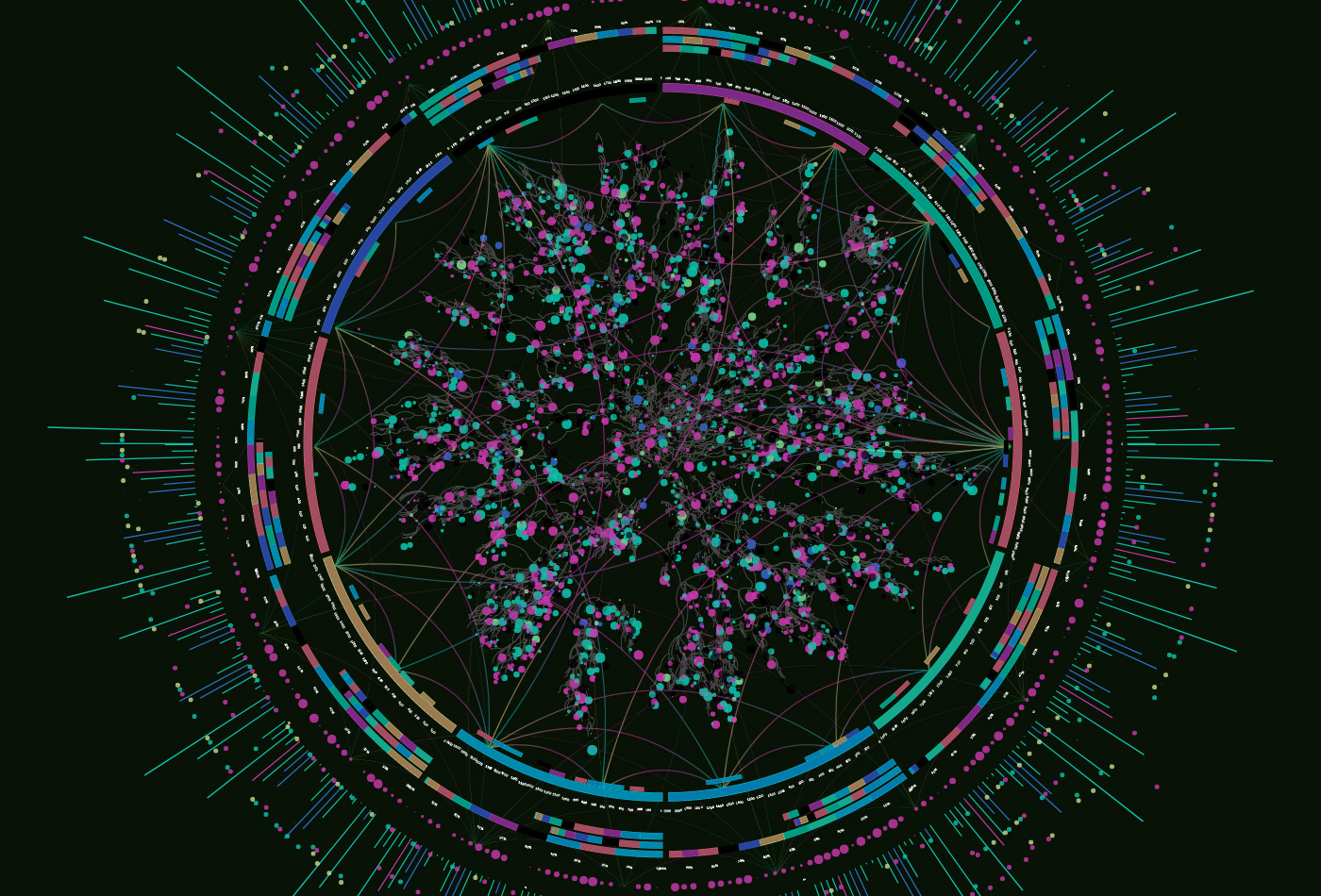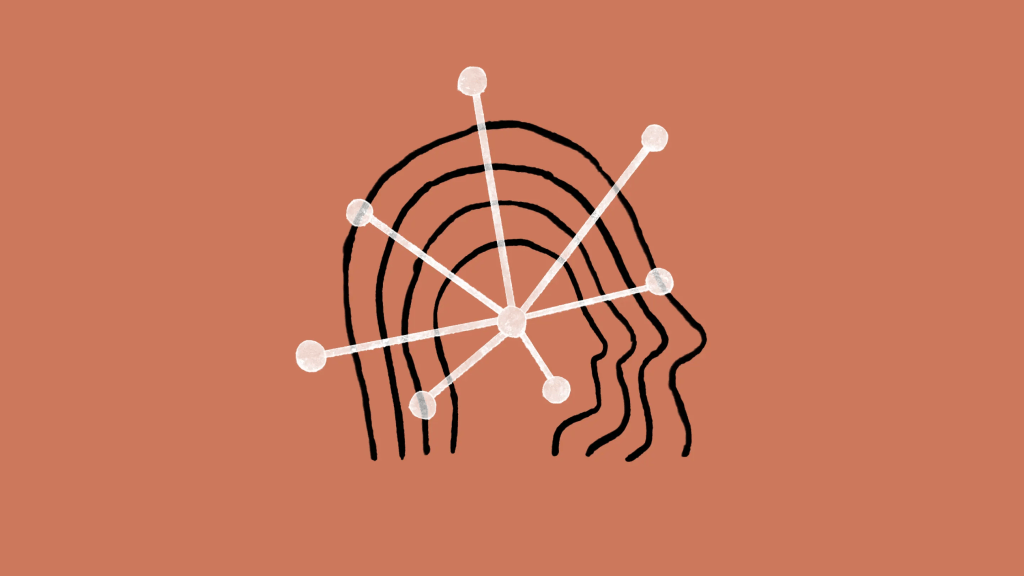In the video, a crowd is roaring at a packed summer music festival. As a beat starts playing over the speakers, the performer finally walks onstage: It’s

techcrunch.com
Discord has become an unlikely center for the generative AI boom
Amanda Silberling
6:41 AM PDT • May 29, 2024
Comment
Image Credits: Warner Bros
In the video, a crowd is roaring at a packed summer music festival. As a beat starts playing over the speakers, the performer finally walks onstage: It’s the Joker. Clad in his red suit, green hair and signature face paint, the Joker pumps his fist and dances across the stage, hopping down a runway to get even closer to his sea of fans. When it’s time to start rapping, the Joker flexes his knees and propels himself off the ground, bouncing up and down before doing a 360 turn on one foot. It looks effortless, and yet if you attempted the maneuver, you’d fall flat on your face. The Joker has never been this cool.
Then there’s another video, where NBA All-Star
Joel Embiid struts out from backstage to greet the crowd before nailing those same dance moves. Then, it’s “Curb Your Enthusiasm” star
Larry David. But in each of these scenes, something is a bit off — whether it’s the Joker, Joel Embiid or Larry David, the performer’s body is shaky, while their facial expressions never change.
Of course, this is all AI-generated, thanks to a company called
Viggle.
The original video shows the rapper Lil Yachty taking the stage at the Summer Smash Festival in 2021 — according to the title of a YouTube video with more than 6.5 million views, this entrance is “
the HARDEST walk out EVER.” This turned into a trending meme format in April, as people inserted their favorite celebrities — or their favorite
villains, like
Sam Bankman-Fried — into the video of Lil Yachty taking the stage.
Text-to-video AI offerings are getting scarily good, but you can’t type “sam bankman-fried as lil yachty at the 2021 summer smash” and expect
Sora to know precisely what you mean. Viggle works differently.
On Viggle’s Discord server, users upload a video of someone doing some sort of movement — often a TikTok dance — and a photo of a person. Then, Viggle creates a video of that person replicating the movements from the video. It’s obvious that these videos aren’t real, though they’re still entertaining. But after the Lil Yachty meme went viral, Viggle got hot, and the hype hasn’t subsided.
“We’re focusing on building what we call the controllable video generation model,” Viggle founder Hang Chu told TechCrunch. “When we generate content, we want to control precisely how the character moves, or how the scene looks. But the current tools only focus on the text-to-video side, where the text itself is not sufficient to specify all the visual subtlety.”
According to Chu, Viggle has two main types of users — while some people are making memes, others are using the product as a tool in the production process for game design and VFX.
“For example, a team of animation engineers could take some concept designs and quickly turn them into rough, but quick animation assets,” Chu said. “The whole purpose is to see how they look and feel in the rough sketch of the final plan. This usually takes days, or even weeks for them to manually set up, but with Viggle, this can basically be done instantly and automatically. This saves tons of tedious, repetitive modeling work.”
In March, Viggle’s Discord had a few thousand members. By mid-May, there were 1.8 million members, and with June just days away, Viggle’s server has climbed to over 3 million members. That makes it larger than the servers for games like Valorant and Genshin Impact combined.
Viggle’s growth shows no sign of slowing down, except that the high demand for video generation has made wait times a bit too long for impatient users. But since Viggle is so Discord-centric, Discord’s developer team has worked directly with Viggle to guide the two-year-old startup through its speedy growth.
Fortunately for Viggle, Discord has been through this before. Midjourney, which also operates on Discord, has 20.3 million members on its server, making it the largest single community on the platform. Overall, Discord has about 200 million monthly users.
Image Credits:Viggle/Discord
“No one’s ready for that type of growth, so in that virality stage, we start to work with them, because they’re not ready,” Discord’s VP of Product Ben Shanken told TechCrunch. “We have to be ready, because a huge part of the messages being sent right now are Viggle and Midjourney, and a lot of consumption and usage on Discord is actually generative AI.”
For startups like Viggle and Midjourney, building their apps on Discord means they don’t have to build out a whole platform for their users — instead, they’re hosted on a platform that already has a tech-savvy audience, as well as built-in content moderation tools. For Viggle, which has just 15 employees, the support of Discord is crucial.
“We can focus on building the model as the back-end service, while Discord can utilize their infrastructure on the front end, and basically we can iterate faster,” Chu said.
Before Viggle, Chu was an AI researcher at Autodesk, a 3D tools giant. He also did research for companies like Facebook, Nvidia and Google.
For Discord, acting as an accidental SaaS company for AI startups could come at a cost. On one hand, these apps bring a new audience to Discord, and they’re probably good for user metrics. But hosting so much video can be difficult and costly on the tech side, especially when other users across the platform are streaming live video games, video chatting and voice calling. Without a platform like Discord, though, these startups might not be able to grow at the same rate.
“It’s not easy for any type of company to scale, but Discord is built for that type of scale, and we’re able to help them absorb that pretty well,” Shanken said.
While these companies can just adopt Discord’s own content guidelines and use its content moderation apps, it will always be a challenge to make sure that 3 million people are behaving. Even those Lil Yachty walk-out memes technically violate Viggle’s rules, which encourage users to avoid generating images of real people — including celebrities — without their consent.
For now, Viggle’s saving grace could be that its output isn’t 100% realistic yet. The tech is truly impressive, but we know better. That janky Joker animation definitely isn’t real, but it sure is funny.






/cdn.vox-cdn.com/uploads/chorus_asset/file/24385267/STK148_Microsoft_Edge_2.jpg)
:format(webp)/cdn.vox-cdn.com/uploads/chorus_asset/file/24385267/STK148_Microsoft_Edge_2.jpg)

















